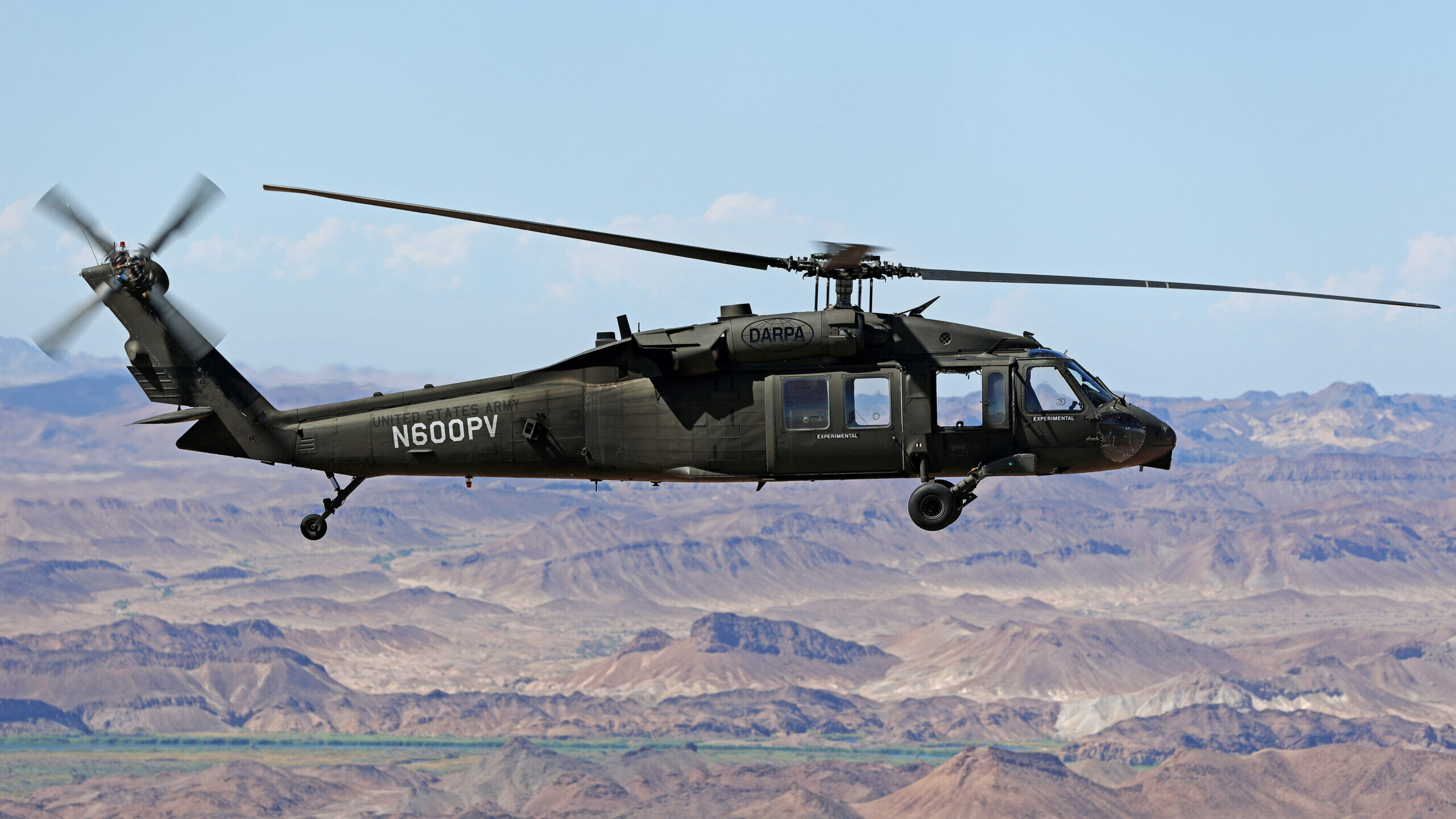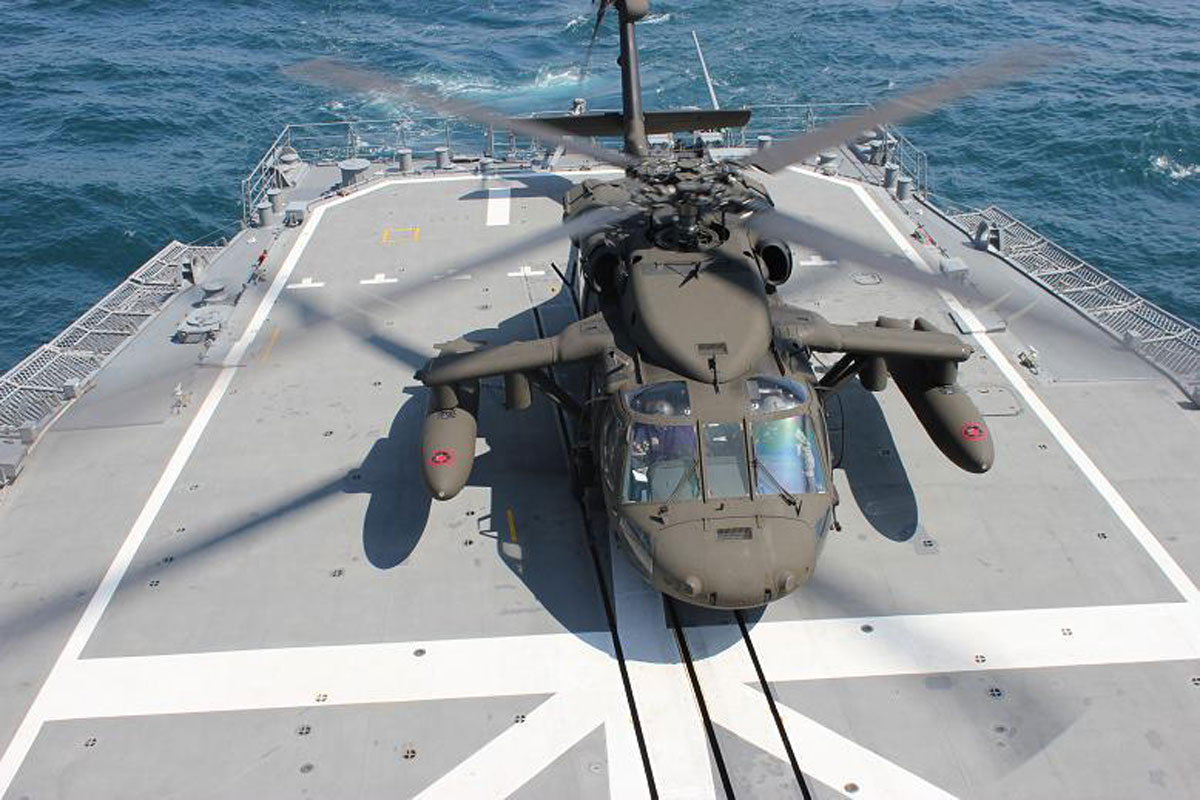The UH 60: A Look into Its Function in Modern-Day Military Missions
The UH 60: A Look into Its Function in Modern-Day Military Missions
Blog Article
Necessary Truths and Insights Concerning the UH-60 Helicopter
The UH-60 helicopter, a cornerstone of modern military aeronautics, has evolved significantly since its introduction in 1979. Recognizing the intricacies of the UH-60's duty discloses an intricate narrative of development and adaptation that qualities better expedition.
Background of the UH-60
The UH-60 Black Hawk helicopter was created in the late 1970s as part of the United States Army's campaign to replace the older UH-1 Iroquois. The need for a more functional, durable, and capable airplane developed from the lessons discovered during the Vietnam Battle, where the constraints of the UH-1 emerged. In 1972, the Army launched a program to obtain a new utility helicopter, culminating in an affordable design stage that saw several manufacturers send propositions.
Sikorsky Aircraft was inevitably granted the agreement in 1976, and the first model of the Black Hawk took flight in 1974. Its style concentrated on sophisticated modern technology, consisting of a four-blade rotor system and a modular building that permitted quick field upkeep and adaptability to numerous objectives. Officially going into service in 1979, the UH-60 swiftly became the foundation of Army aviation, offering in a wide range of duties such as troop transport, medevac, and logistical support.
Over the years, the Black Hawk has undertaken various upgrades and adjustments, strengthening its status as a vital property in military procedures around the world (UH 60). Its robust performance remains to meet the progressing needs of modern war
Style and Attributes
Including advanced design principles, the UH-60 Black Hawk features a sleek, aerodynamic style that improves its efficiency and efficiency. This twin-engine utility helicopter is characterized by its distinctive silhouette, with a high-mounted, four-blade main blades system that provides phenomenal lift and security. The rotor blades are created from composite products, adding to their sturdiness and lowering upkeep needs.
The body is created for optimum weight distribution and structural integrity, enabling a maximum gross weight of roughly 22,000 pounds. The cabin format facilitates adaptable arrangements, suiting numerous missions, from troop transportation to medevac procedures. Furthermore, the cabin is furnished with sophisticated avionics, including digital display screens and multi-functional systems that enhance situational awareness.
The UH-60 additionally includes composite materials in its airframe, which decrease radar cross-section and improve survivability in aggressive settings. Its retractable touchdown gear improves the airplane's account, more contributing to its aerodynamic performance. Generally, the thoughtful assimilation of style components and materials not just boosts the Black Hawk's operational capabilities however also ensures that it continues to be a crucial asset for missions throughout diverse terrains and problems.
Operational Abilities


The UH-60 is geared up with advanced avionics and navigation systems, helping with operations in tough weather and low exposure scenarios. Its durable layout enables it to perform in severe and high-altitude temperature level conditions, even more extending its functional variety. The helicopter's twin-engine configuration supplies redundancy and improved efficiency, guaranteeing reliability throughout critical objectives.
Geared up with innovative interaction systems, the Black Hawk boosts situational understanding and sychronisation among army devices. In addition, its capability to carry out aerial reconnaissance and assistance close air assistance missions underscores its indispensable role on the combat zone. On the whole, the UH-60 Black Hawk's operational capabilities are a testimony to its relevance in see page contemporary army aviation, properly fulfilling the demands of a swiftly evolving functional landscape.

Alterations and variations
Various variants and modifications of the UH-60 Black Hawk have been created to meet certain goal demands and improve its operational adaptability. The most significant variant is the UH-60L, which presented updated engines, boosted avionics, and boosted cargo capacity. Furthermore, the UH-60M variant features progressed electronic avionics, an extra powerful engine, and boosted survivability systems, making it suitable for a broader range of objectives.
The HH-60G Pave Hawk is another specialized version, made for search and rescue operations. It is equipped with innovative navigating systems, external gas containers, and clinical evacuation capacities. In a similar way, the MH-60R Seahawk is optimized for anti-submarine war and maritime operations, boasting advanced radar and finder systems.
Additionally, the armed variations, such as the AH-60, are customized for straight assault duties, including weapon systems like rockets and equipment weapons. The UH-60's adaptability is more showcased in its capability to be fitted with mission-specific tools, consisting of freight hooks for transportation, troop transport insides, and reconnaissance sensing units.
These modifications and versions emphasize the Black Hawk's important role in contemporary armed forces operations, showcasing its capacity to adapt to advancing mission demands.
Role in Altruist Efforts
The UH-60 Black Hawk has stepped up to play a crucial role in altruistic initiatives around the globe, demonstrating its flexibility past army applications. This multi-mission helicopter is equipped to perform a variety of goals, including medical discharges, disaster relief, and logistical assistance in difficult environments.
Throughout natural disasters, such as hurricanes and quakes, the Black Hawk has actually confirmed very useful for transporting relief supplies and workers to influenced areas. Its ability to run in austere problems allows it to get to remote locations that may be inaccessible by ground transport, making sure prompt aid to those in need.
Additionally, the UH-60 is usually utilized for medical discharge missions, swiftly carrying damaged people to medical centers. Its advanced clinical capabilities, consisting of room for clinical personnel and tools, allow life-saving treatments throughout crucial circumstances.
In worldwide operations, the Black Hawk often works together with humanitarian companies, showcasing its versatility navigate here and reliability. By leveraging its capacities, the UH-60 not just sustains armed forces goals yet additionally plays a vital role in conserving lives and alleviating suffering during humanitarian crises worldwide.
Final Thought
The UH-60 helicopter has developed itself as an essential possession in military procedures because its introduction, characterized by its robust design and functional capacities. Its numerous setups deal with a wide variety of missions, from army transportation to clinical emptying. The UH-60's payments extend past fight, playing a significant duty in humanitarian initiatives worldwide. The recurring advancement of this airplane highlights its value in contemporary aeronautics and its adaptability to fulfill diverse operational demands.
The UH-60 Black Hawk helicopter was established in the late 1970s as component of the United States Military's campaign to change the older UH-1 Iroquois.Integrating innovative design principles, the UH-60 Black Hawk features a smooth, wind resistant design that improves its performance and efficiency.Optimized layout and advanced design permit the UH-60 Black Hawk to stand out in a variety of functional functions. In general, the UH-60 Black Hawk's operational capabilities are a testament to its relevance in contemporary armed forces aviation, effectively satisfying the demands of a quickly progressing operational landscape.
Numerous variations and modifications of the UH-60 Black Hawk have actually been created to meet details you could look here goal demands and improve its operational flexibility.
Report this page